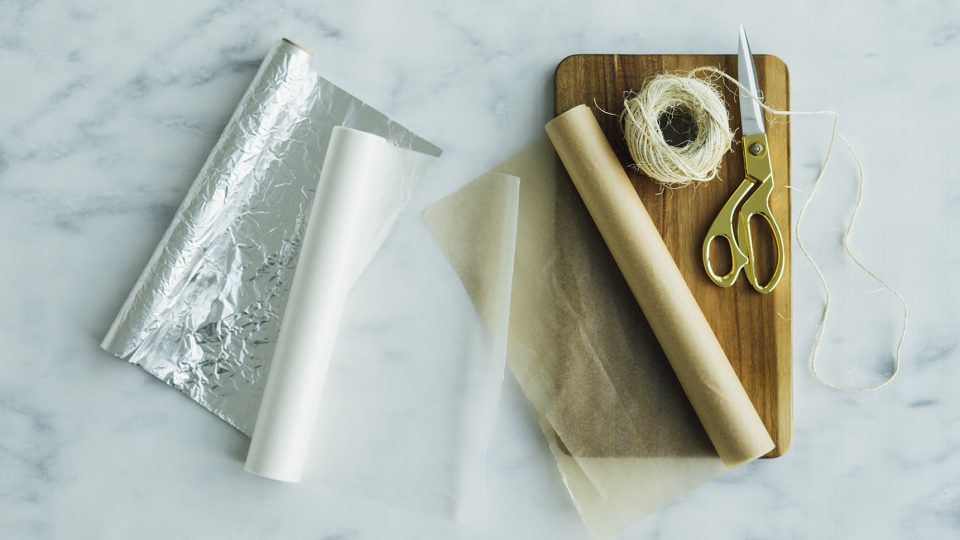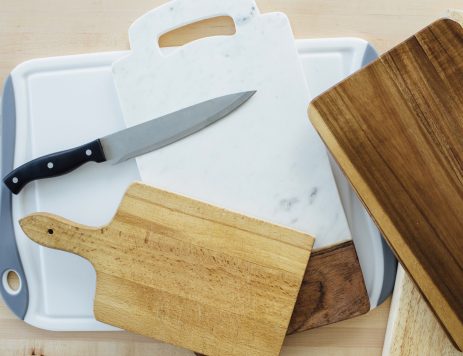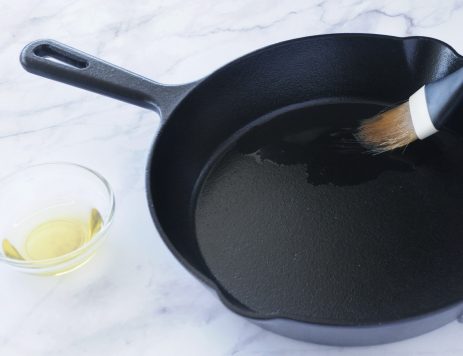
When to Use Parchment Paper, Wax Paper and Aluminum Foil
As any chef will tell you, some of the most essential kitchen tools aren’t gadgets or gizmos. They are simple, basic materials, already tucked into your kitchen drawers. Whether you’re baking cookies or cooking fish, aluminum foil, parchment paper, and wax paper can help make almost every kitchen task easier and more successful.
To learn which tasks are best for parchment paper vs. wax paper vs. aluminum foil, check out our handy guide to these culinary workhorses.

Parchment Paper
Parchment paper is one of the most versatile materials you’ll find in the kitchen. Savvy cooks always keep a roll on hand. This moisture- and heat-resistant, non-stick, cellulose-based paper can be found in bleached white or natural brown, on rolls or in sheets, and sometimes in pre-cut circles to line cake pans.
How to use it:
- Line baking sheets when baking cookies, pastries, granola, or anything else you don’t want sticking to the pan.
- Line the bottom of cake or quick bread pans for perfect release. Note: Sometimes recipes suggest buttering and dusting the parchment with flour for extra non-stick power.
- Cook fish, vegetables, or other foods “en papillote” — that’s French for “in parchment,” a method of baking food in small pouches or parcels.

Wax Paper
Wax paper is cellulose-based paper treated with wax to make it moisture-resistant; however, it is NOT interchangeable with parchment paper. Wax paper is much less expensive than parchment paper, so it’s great when you need to use large sheets that won’t be exposed to heat.
**WARNING** Wax paper is NOT heat-resistant and will melt in a hot oven.
How to use it:
- Protect kitchen counters or surfaces during messy projects.
- Wrap up foods like sandwiches, if you’re trying to avoid using plastic.
- Cover foods that might splatter in the microwave. The temperature of microwaves can’t melt wax paper and this is a better alternative than plastic wrap.
- Place a sheet under a bowl if you’re sifting flour. Any flour that spills over the edge of the bowl can easily be poured back in.

Aluminum Foil
Aluminum foil is thin and pliable. The sheets of aluminum usually measure 0.016 mm thick, or 0.024 thick for the heavy-duty version. Because aluminum foil does conduct and distribute heat without becoming hot to the touch, it’s amazingly versatile for all sorts of cooking uses.
How to use it:
- Line the grill when grilling small or delicate items (flaky fish, mushrooms, asparagus, etc.) that could easily fall through the grates.
- Make foil packets, similar to the en papillote method mentioned above, for succulent shrimp and other proteins.
- Wrap whole root vegetables, like beets or potatoes, to keep them tender while roasting.
- Use sheets of foil to create a “tent” over a roast, casserole, pie, or anything else where you don’t want the top to brown too quickly.
- Wrap almost anything (leftover slices of pizza, quiche, or frittata) to keep oxygen and light out.
- Line the bottom of your stove with foil to catch drips for easy cleanup.



